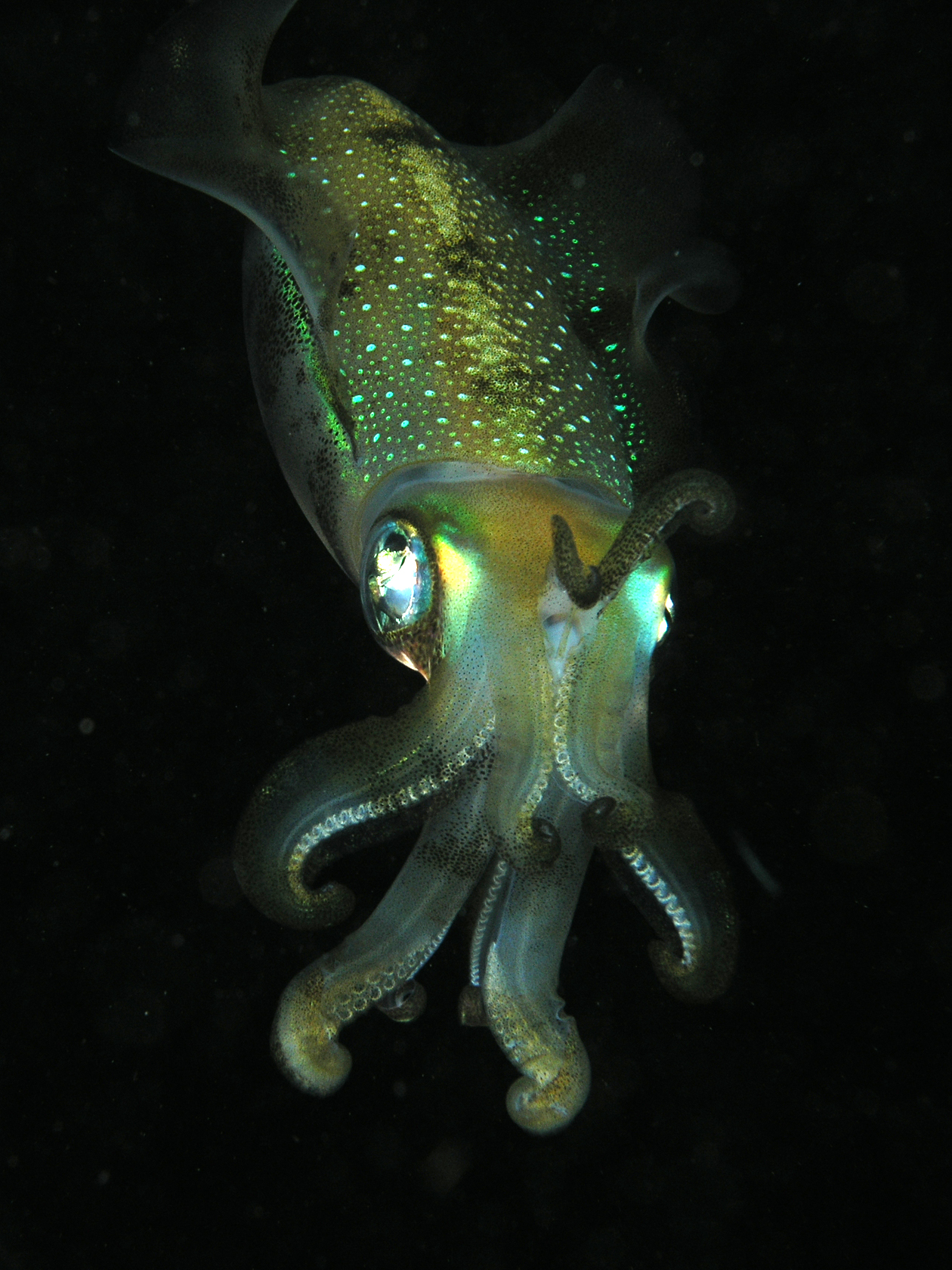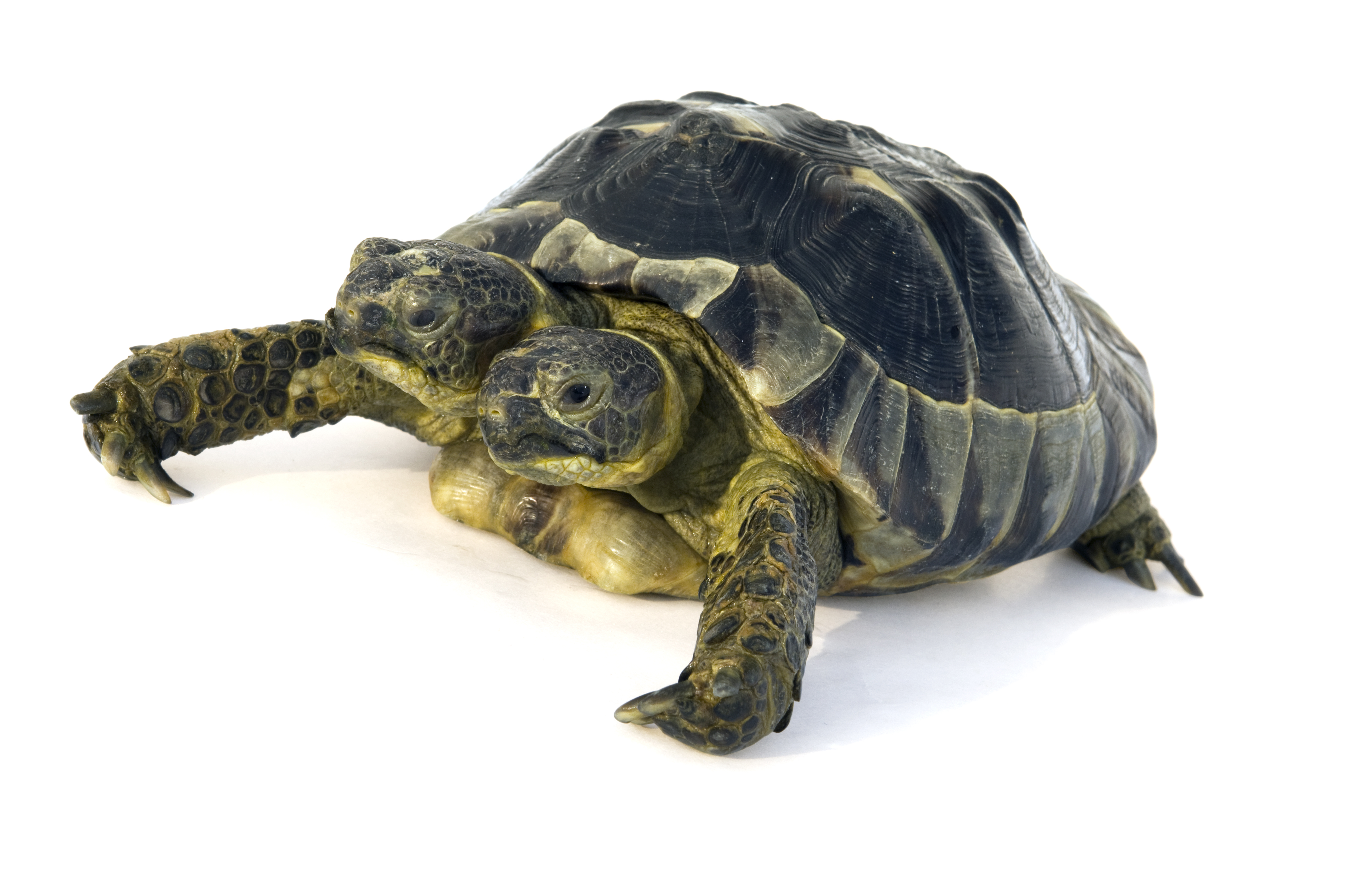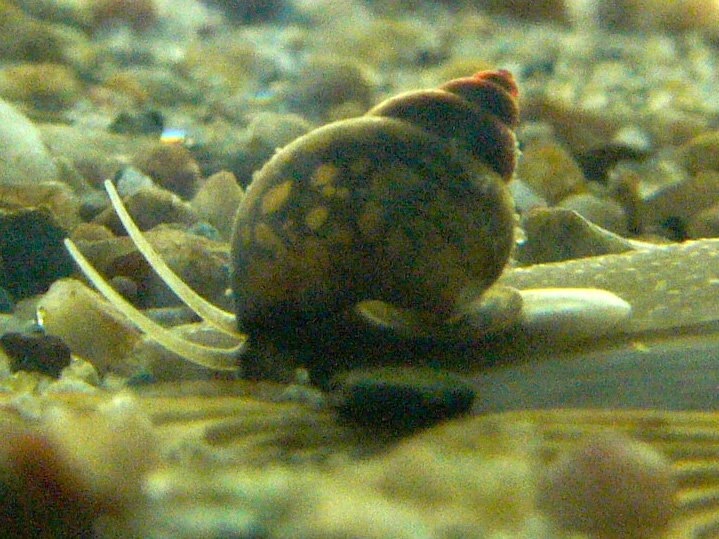|
Auguste Louis Brot
Auguste Louis Brot (September 18, 1821 ''Sevue Suisse de zoologies'', vol. 4, 1896-189"Auguste Louss Brot"/ref>- August 30, 1896) was a Swiss malacologist (conchologist). ''The American Naturalist'', March 1897p.270/ref> After several years of studies in Zurich, Paris and Berlin, he earned the degree of Doctor in Medicine in 1845. Soon he became deeply interested in natural history, abandoned medicine, returned to Geneva and became a malacologist, with a special interest in terrestrial and aquatic molluscs. For over 40 years he was associated with the Natural History Museum of Geneva. He was an elected correspondent (1887) of the Academy of Natural Sciences of Philadelphia. He is a conchological taxon authority and the namesake of the ''Brotia'' genus of freshwater snail Freshwater snails are gastropod mollusks which live in fresh water. There are many different families. They are found throughout the world in various habitats, ranging from ephemeral pools to the large ... [...More Info...] [...Related Items...] OR: [Wikipedia] [Google] [Baidu] |
Malacologist
Malacology is the branch of invertebrate zoology that deals with the study of the Mollusca (mollusks or molluscs), the second-largest phylum of animals in terms of described species after the arthropods. Mollusks include snails and slugs, clams, and cephalopods, along with numerous other kinds, many of which have shells. One division of malacology, conchology, is devoted to the study of mollusk shells. Malacology derives . Fields within malacological research include taxonomy, ecology and evolution. Applied malacology studies medical, veterinary, and agricultural applications; for example, mollusks as vectors of disease, as in schistosomiasis. Archaeology employs malacology to understand the evolution of the climate, the biota of the area, and the usage of the site. In 1681, Filippo Bonanni wrote the first book ever published that was solely about seashells, the shells of marine mollusks. The book was entitled: In 1868, the German Malacological Society was founded. Zoological ... [...More Info...] [...Related Items...] OR: [Wikipedia] [Google] [Baidu] |
Conchologist
Conchology () is the study of mollusc shells. Conchology is one aspect of malacology, the study of molluscs; however, malacology is the study of molluscs as whole organisms, whereas conchology is confined to the study of their shells. It includes the study of land and freshwater mollusc shells as well as seashells and extends to the study of a gastropod's operculum. Conchology is now sometimes seen as an archaic study, because relying on only one aspect of an organism's morphology can be misleading. However, a shell often gives at least some insight into molluscan taxonomy, and historically the shell was often the only part of exotic species that was available for study. Even in current museum collections it is common for the dry material (shells) to greatly exceed the amount of material that is preserved whole in alcohol. Conchologists mainly deal with four molluscan orders: the gastropods (snails), bivalves (clams), Polyplacophora (chitons) and Scaphopoda (tusk shells). ... [...More Info...] [...Related Items...] OR: [Wikipedia] [Google] [Baidu] |
Mollusc
Mollusca is the second-largest phylum of invertebrate animals after the Arthropoda, the members of which are known as molluscs or mollusks (). Around 85,000 extant species of molluscs are recognized. The number of fossil species is estimated between 60,000 and 100,000 additional species. The proportion of undescribed species is very high. Many taxa remain poorly studied. Molluscs are the largest marine phylum, comprising about 23% of all the named marine organisms. Numerous molluscs also live in freshwater and terrestrial habitats. They are highly diverse, not just in size and anatomical structure, but also in behaviour and habitat. The phylum is typically divided into 7 or 8 taxonomic classes, of which two are entirely extinct. Cephalopod molluscs, such as squid, cuttlefish, and octopuses, are among the most neurologically advanced of all invertebrates—and either the giant squid or the colossal squid is the largest known invertebrate species. The ... [...More Info...] [...Related Items...] OR: [Wikipedia] [Google] [Baidu] |
Natural History Museum Of Geneva
The Natural History Museum of Geneva (in French: ') is a natural history museum in Geneva, Switzerland. Louis Jurine’s collections of Hymenoptera, Coleoptera, Lepidoptera and Hemiptera are held by the museum. Other displays include a collection of intricate glass models of invertebrates by Leopold and Rudolf Blaschka and a living specimen of a two headed tortoise named Janus. The tortoise is considered the mascot of the museum and is one of their main attractions. Notable people who worked for the museum * Aloïs Humbert, naturalist and paleontologist, curator since 1852 * Auguste Louis Brot, malacologist, curator and researcher (1855-1896) *Emil Frey-Gessner, entomologist, conservator of the entomological collections from 1872 * Émile Dottrens, scientific assistant for zoology *François Jules Pictet de la Rive, curator of paleontological collections *Henri Louis Frédéric de Saussure, member of the managing committee * Jules Favre, curator (1915-1952) * Perceval d ... [...More Info...] [...Related Items...] OR: [Wikipedia] [Google] [Baidu] |
Academy Of Natural Sciences Of Philadelphia
The Academy of Natural Sciences of Drexel University, formerly the Academy of Natural Sciences of Philadelphia, is the oldest natural science research institution and museum in the Americas. It was founded in 1812, by many of the leading naturalists of the young American republic with an expressed mission of "the encouragement and cultivation of the sciences". It has sponsored expeditions, conducted original environmental and systematics research, and amassed natural history collections containing more than 17 million specimens. The Academy also organizes public exhibits and educational programs for both schools and the general public. History During the first decades of the United States, Philadelphia was the cultural capital and one of the country's commercial centers. Two of the city's institutions, the Library Company and the American Philosophical Society, were centers of enlightened thought and scientific inquiry. The increasing sophistication of the earth and life sc ... [...More Info...] [...Related Items...] OR: [Wikipedia] [Google] [Baidu] |
Brotia Pagodula
''Brotia pagodula'' is a species of freshwater snail with an operculum, an aquatic gastropod mollusk in the family Pachychilidae. Taxonomy ''Brotia pagodula'' is the type species of the genus ''Brotia''.Köhler F., Holford, Do V. T. & Ho T. H. (2009). "Exploring a largely unknown fauna: On the diversity of pachychilid freshwater gastropods in Vietnam (Caenogastropoda: Cerithioidea)". ''Molluscan Research'' 29(3): 121-146abstract There is evidence from analysis of mtDNA that this species may actually be two distinct species living in the same area. Distribution This species occurs in: * Myanmar * Thailand Human use It is a part of ornamental pet trade for freshwater aquaria.Ng, T. H., Tan, S. K., Wong, W. H., Meier, R., Chan, S. Y., Tan, H. H., & Yeo, D. C. (2016). "Molluscs for sale: assessment of freshwater gastropods and bivalves in the ornamental pet trade". ''PLOS One'' 11(8): e0161130. Common names for the species include the porcupine snail, the pagoda snail, ... [...More Info...] [...Related Items...] OR: [Wikipedia] [Google] [Baidu] |
Taxon Authority
In biology, taxonomy () is the scientific study of naming, defining ( circumscribing) and classifying groups of biological organisms based on shared characteristics. Organisms are grouped into taxa (singular: taxon) and these groups are given a taxonomic rank; groups of a given rank can be aggregated to form a more inclusive group of higher rank, thus creating a taxonomic hierarchy. The principal ranks in modern use are domain, kingdom, phylum (''division'' is sometimes used in botany in place of ''phylum''), class, order, family, genus, and species. The Swedish botanist Carl Linnaeus is regarded as the founder of the current system of taxonomy, as he developed a ranked system known as Linnaean taxonomy for categorizing organisms and binomial nomenclature for naming organisms. With advances in the theory, data and analytical technology of biological systematics, the Linnaean system has transformed into a system of modern biological classification intended to reflect the evolu ... [...More Info...] [...Related Items...] OR: [Wikipedia] [Google] [Baidu] |
Brotia
''Brotia'' is a genus of Southeast Asian freshwater snails, gastropod molluscs in the taxonomic family Pachychilidae.Köhler F. & Glaubrecht M. (2006). "A systematic revision of the Southeast Asian freshwater gastropod ''Brotia'' (Cerithioidea: Pachychilidae)". '' Malacologia'' 48159251. The generic name ''Brotia'' is apparently in honor of a Swiss malacologist Auguste Louis Brot (1821-1896). Distribution Species of ''Brotia'' occur in freshwater habitats of Southeast Asia, ranging from Northern India in the west through to Sumatra in the east. This range includes India, Myanmar, Bangladesh, Thailand, Laos, Vietnam, China (1 species), Cambodia, Malaysia and Indonesia (Sumatra and Borneo only). Biology Species are found predominantly in fast flowing, well oxygenated rivers, occasionally also in lakes. They are gonochoristic, and viviparous, retaining developing eggs and youngs in special brood pouch. Species Species within the genus ''Brotia'' include: ... [...More Info...] [...Related Items...] OR: [Wikipedia] [Google] [Baidu] |
Freshwater Snail
Freshwater snails are gastropod mollusks which live in fresh water. There are many different families. They are found throughout the world in various habitats, ranging from ephemeral pools to the largest lakes, and from small seeps and springs to major rivers. The great majority of freshwater gastropods have a shell, with very few exceptions. Some groups of snails that live in freshwater respire using gills, whereas other groups need to reach the surface to breathe air. In addition, some are amphibious and have both gills and a lung (e.g. '' Ampullariidae''). Most feed on algae, but many are detritivores and some are filter feeders. According to a 2008 review of the taxonomy, there are about 4,000 species of freshwater gastropods (3,795–3,972). At least 33–38 independent lineages of gastropods have successfully colonized freshwater environments. It is not possible to quantify the exact number of these lineages yet, because they have yet to be clarified within the Ce ... [...More Info...] [...Related Items...] OR: [Wikipedia] [Google] [Baidu] |
1821 Births
Eighteen or 18 may refer to: * 18 (number), the natural number following 17 and preceding 19 * one of the years 18 BC, AD 18, 1918, 2018 Film, television and entertainment * ''18'' (film), a 1993 Taiwanese experimental film based on the short story ''God's Dice'' * ''Eighteen'' (film), a 2005 Canadian dramatic feature film * 18 (British Board of Film Classification), a film rating in the United Kingdom, also used in Ireland by the Irish Film Classification Office * 18 (''Dragon Ball''), a character in the ''Dragon Ball'' franchise * "Eighteen", a 2006 episode of the animated television series '' 12 oz. Mouse'' Music Albums * ''18'' (Moby album), 2002 * ''18'' (Nana Kitade album), 2005 * '' 18...'', 2009 debut album by G.E.M. Songs * "18" (5 Seconds of Summer song), from their 2014 eponymous debut album * "18" (One Direction song), from their 2014 studio album ''Four'' * "18", by Anarbor from their 2013 studio album ''Burnout'' * " I'm Eighteen", by Alice Cooper commonly ... [...More Info...] [...Related Items...] OR: [Wikipedia] [Google] [Baidu] |
1896 Deaths
Events January–March * January 2 – The Jameson Raid comes to an end, as Jameson surrenders to the Boers. * January 4 – Utah is admitted as the 45th U.S. state. * January 5 – An Austrian newspaper reports that Wilhelm Röntgen has discovered a type of radiation (later known as X-rays). * January 6 – Cecil Rhodes is forced to resign as Prime Minister of the Cape of Good Hope, for his involvement in the Jameson Raid. * January 7 – American culinary expert Fannie Farmer publishes her first cookbook. * January 12 – H. L. Smith takes the first X-ray photograph. * January 17 – Fourth Anglo-Ashanti War: British redcoats enter the Ashanti capital, Kumasi, and Asantehene Agyeman Prempeh I is deposed. * January 18 – The X-ray machine is exhibited for the first time. * January 28 – Walter Arnold, of East Peckham, Kent, England, is fined 1 shilling for speeding at (exceeding the contemporary speed limit of , t ... [...More Info...] [...Related Items...] OR: [Wikipedia] [Google] [Baidu] |









.jpg)